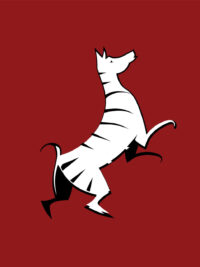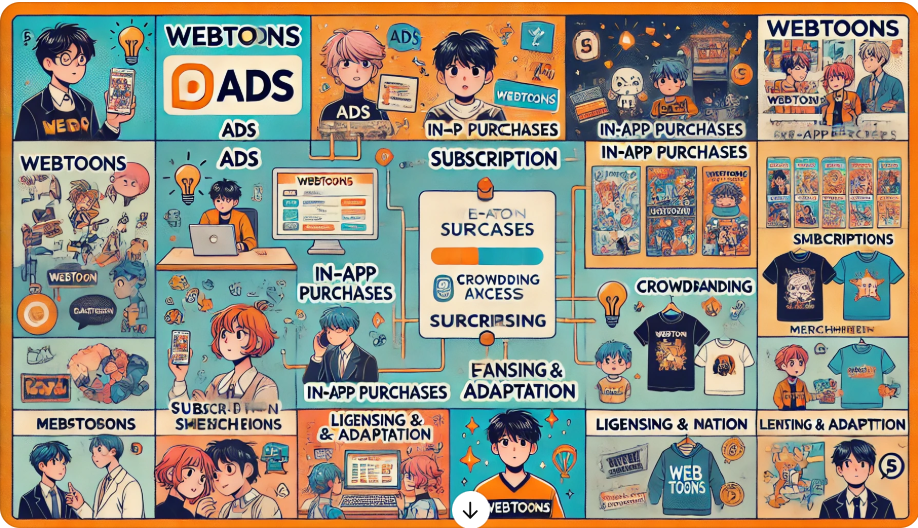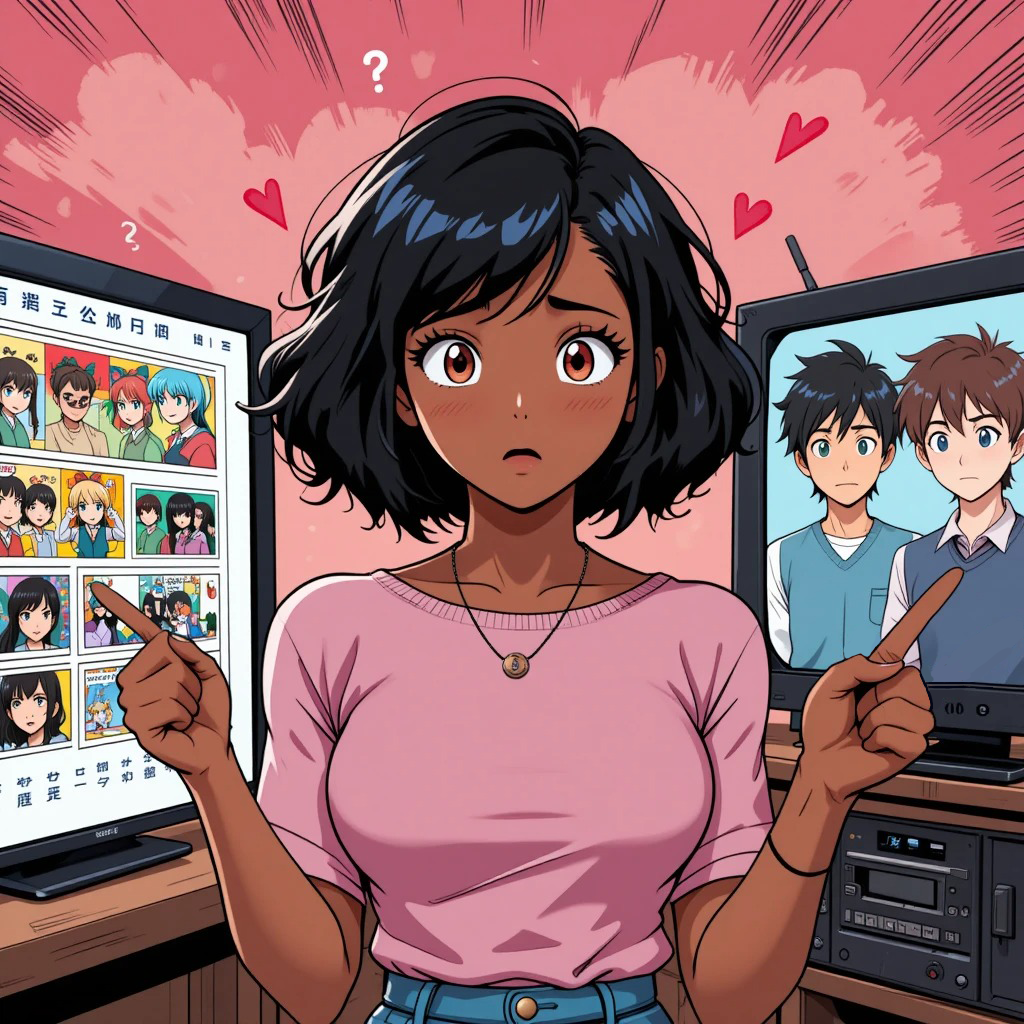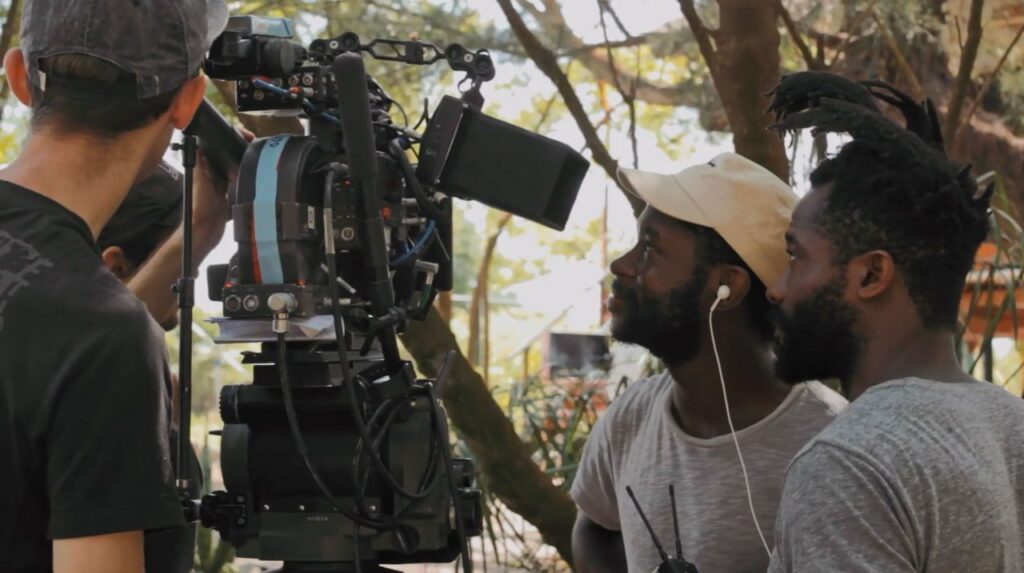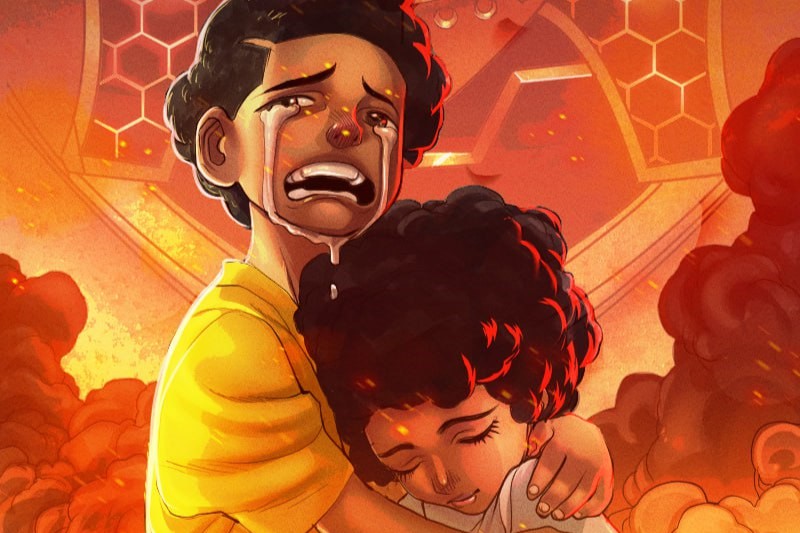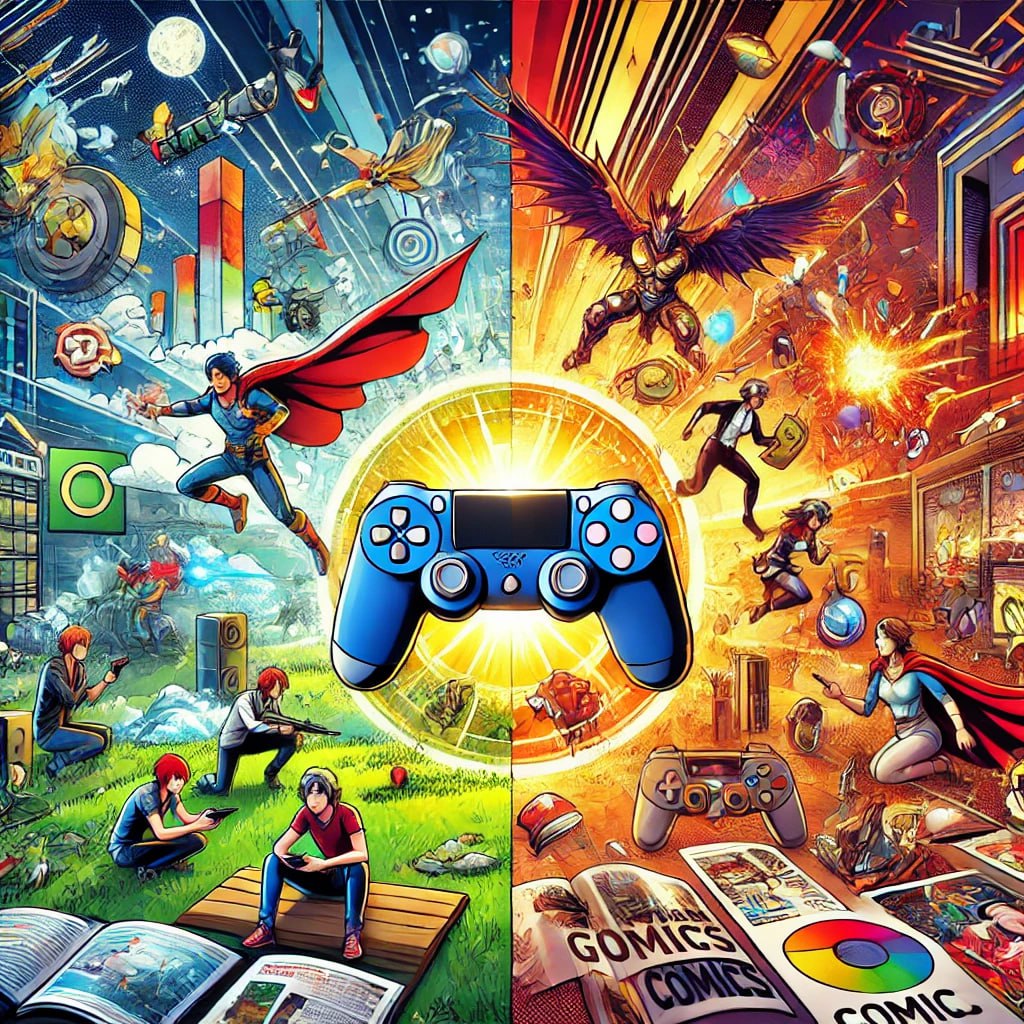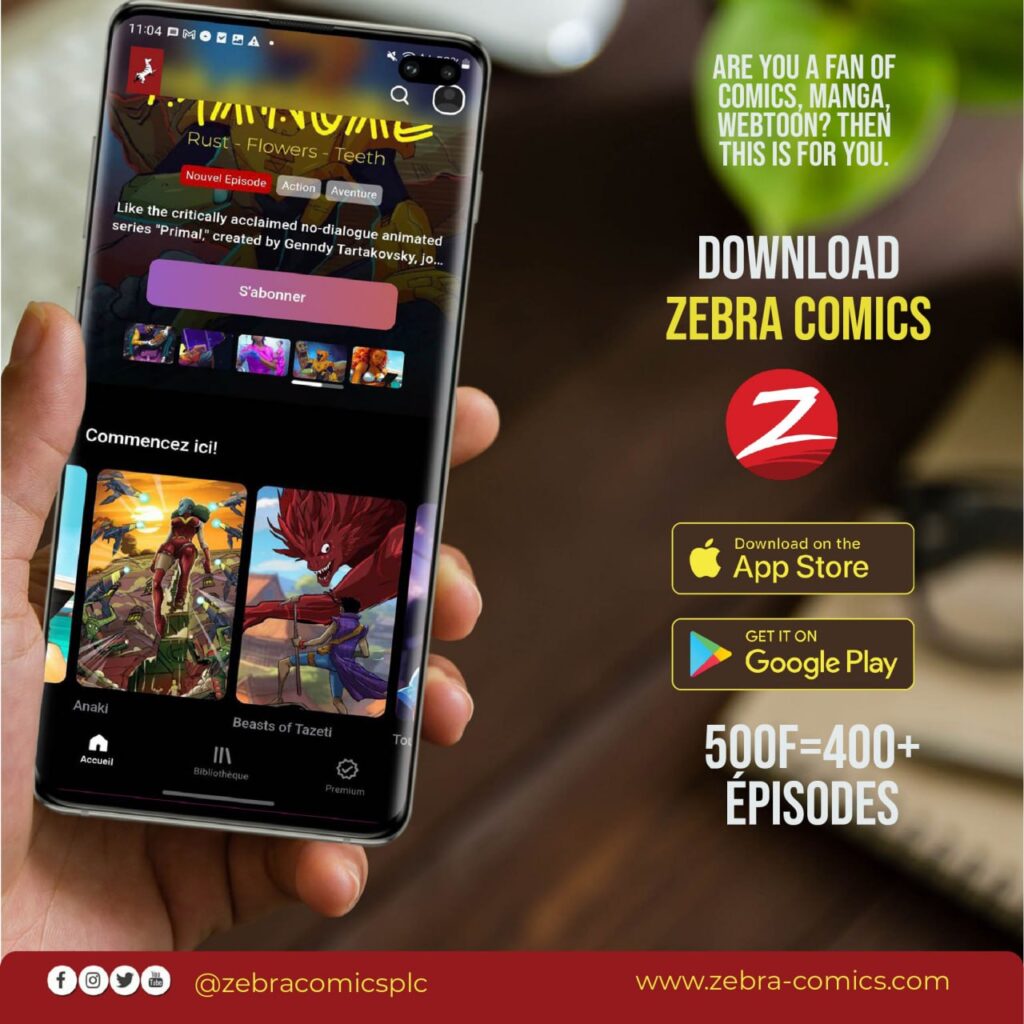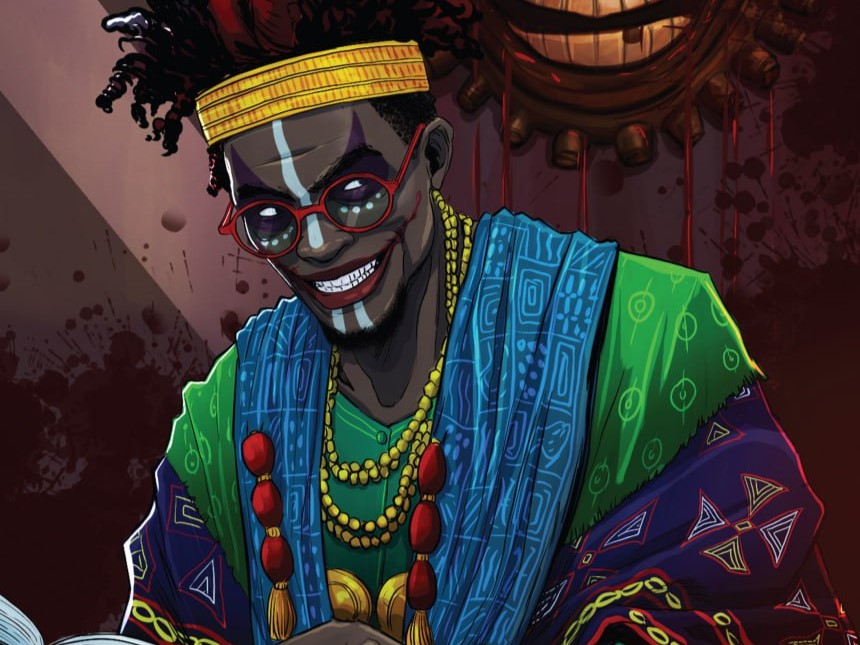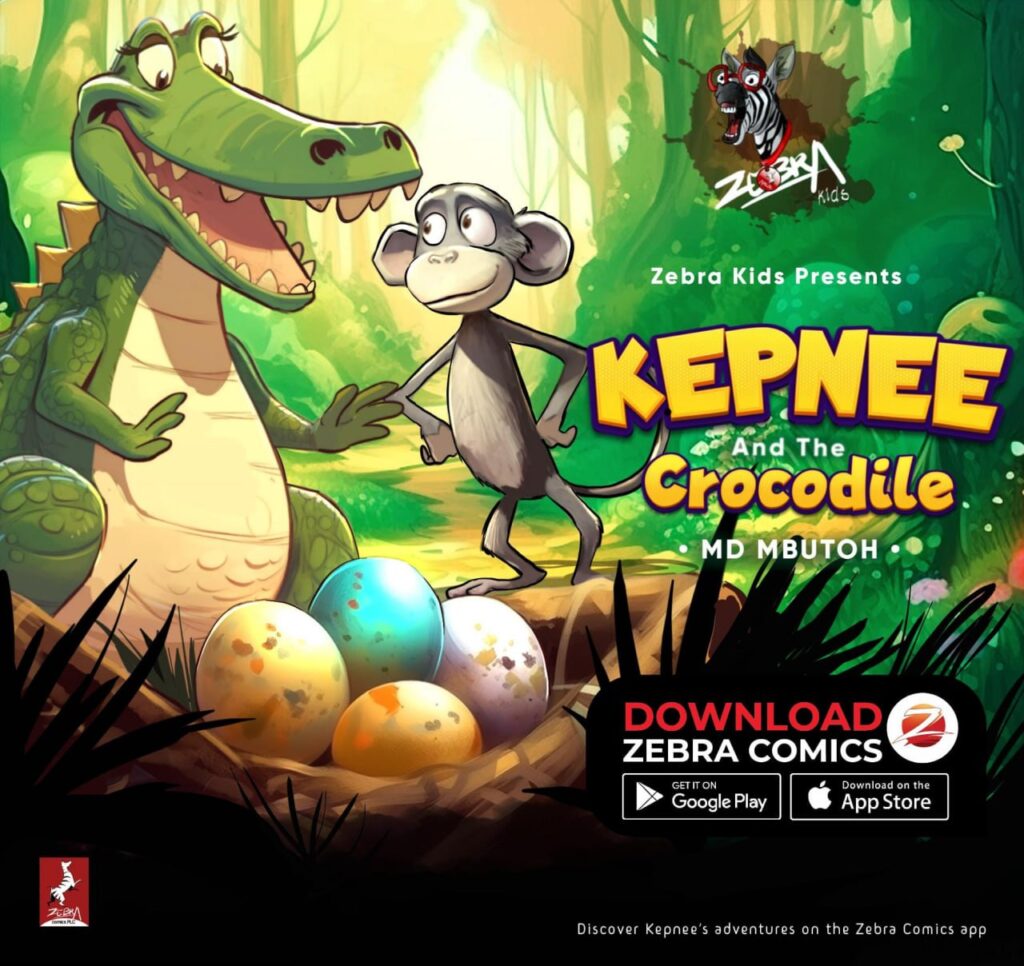Monetization Models for Webcomics in Africa: From Ad Revenue to Crowdfunding
Introduction The webcomics industry in Africa is at a crossroads, presenting both exciting opportunities and formidable challenges. With a youthful, digitally savvy population and increasing access to mobile internet, African storytellers now have a platform to showcase their creativity to a wider audience than ever before. However, converting this engagement into sustainable income remains a […]
Monetization Models for Webcomics in Africa: From Ad Revenue to Crowdfunding Read More »
